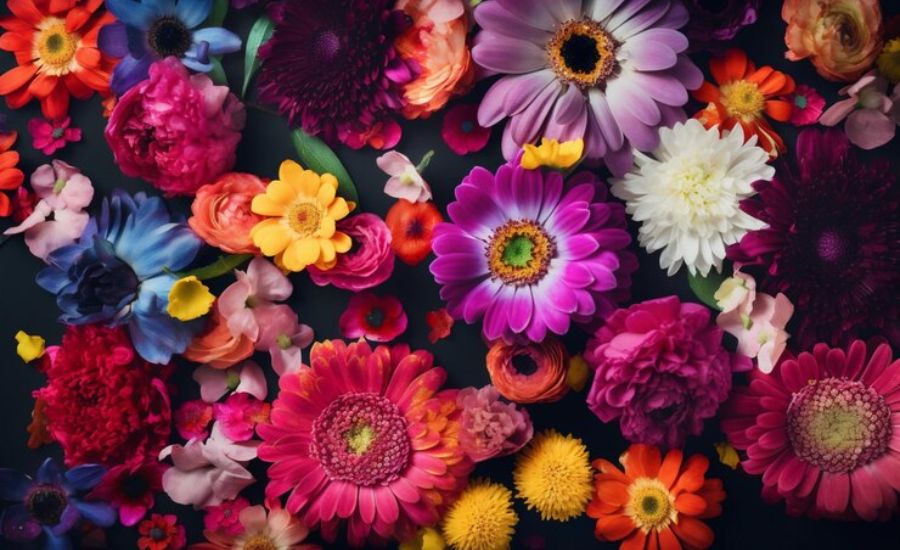Beautiful:By5oj2_Qmci= Flowers Cultural Centrality, & More
Introduction
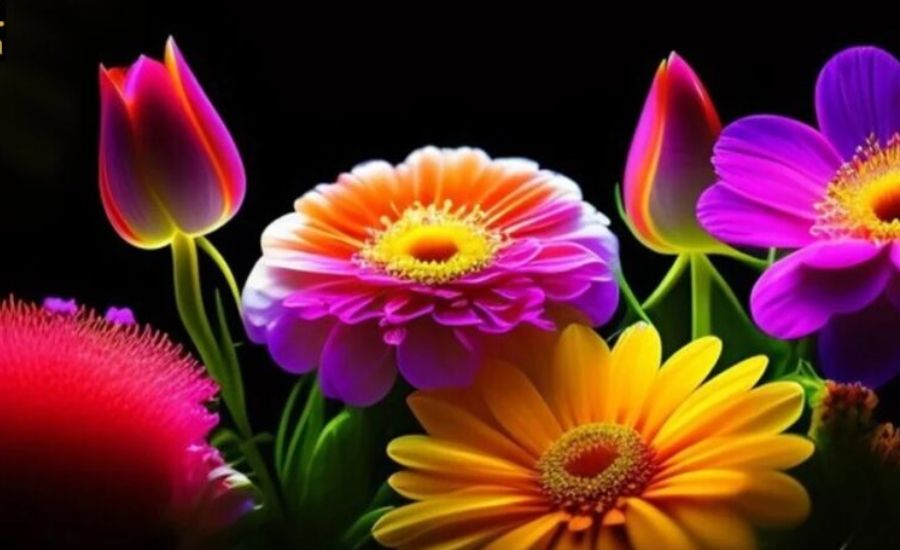
beautiful:by5oj2_qmci= blossoms have long been cherished for their uncommon capacity to fascinate our faculties and hoist our disposition. In different societies over the globe, they symbolize cherish, appreciation, and sensitivity. Rising above their tasteful request, beautiful:by5oj2_qmci= blossoms exemplify significant messages and feelings, serving as a all inclusive dialect of the heart. Their dynamic colors, special shapes, and charming scents permit them to pass on sentiments that words frequently cannot capture. beautiful:by5oj2_qmci= flowers
The Immortal Offer of beautiful:by5oj2_qmci= flowers
beautiful:by5oj2_qmci= blossoms, with their heap tints and shapes, have been an persevering source of interest for humankind. From old civilizations to advanced social orders, they have played a urgent part in ceremonies, celebrations, and regular life. Their all inclusive excellence and imagery make them a capable medium for communicating cherish, delight, distress, and appreciation. Whether it’s a single rose given over on a to begin with date or a luxurious bouquet at a wedding, the nearness of blooms includes a layer of enthusiastic profundity that Interfaces with people from each age gather and social background.
Cultural Centrality and Symbolism
The social centrality of blossoms is endless and shifted. In numerous Eastern societies, beautiful:by5oj2_qmci= blossoms like the cherry bloom speak to the temporal nature of life, exemplifying magnificence and the certainty of alter. In Western societies, roses are regularly related with adore and sentiment, whereas lilies symbolize virtue and recharging. This wealthy embroidered artwork of implications highlights the significant association between blossoms and human feelings. By understanding the social imagery of blooms, we pick up knowledge into the shared human involvement and how we express our most profound feelings.
The Part of Blossoms in Celebrations
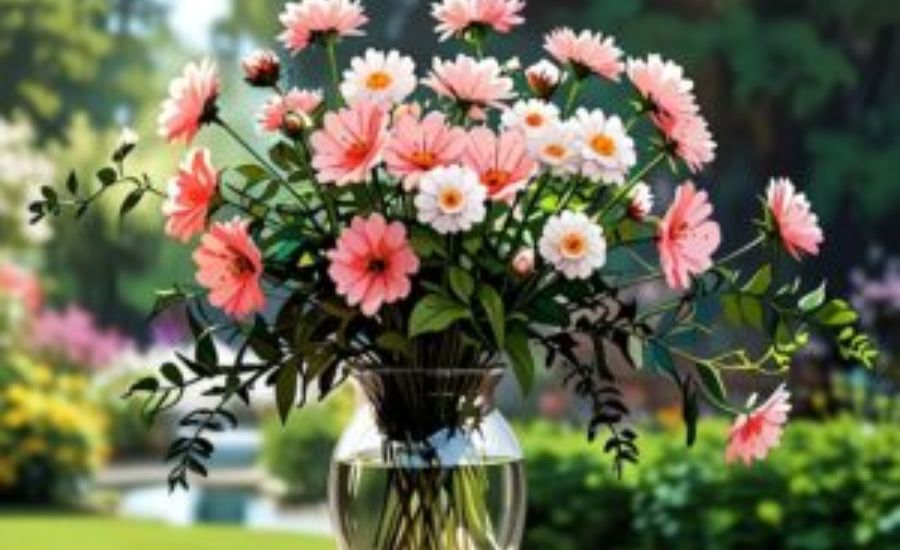
From weddings to funerals, blooms play a central part in life’s most critical minutes. At weddings, blossoms symbolize the excellence and delicacy of adore, frequently utilized in bouquets, centerpieces, and beautifications. Their nearness includes tastefulness and celebration, making the event vital. On the other hand, at funerals, blooms offer consolation and express sensitivity, serving as a tribute to the perished and a comfort for the lamenting. The flexibility of blooms in both happy and pitiful events underscores their passionate reverberation and all inclusive appeal.
The Craftsmanship of Bloom Arranging
Floristry is an craftsmanship shape that includes the inventive course of action of blossoms to upgrade their common magnificence. Flower vendors fastidiously select and combine blossoms to make shocking shows that capture transitory minutes of magnificence and opinion. Through their talented craftsmanship, flower vendors can bring out particular feelings and make a visual account that complements the event. Whether it’s a straightforward bouquet or an expound course of action, the creativity of floristry lies in the capacity to change blossoms into a effective medium of expression.
Gardening A Labor of Love
Gardeners commit endless hours to supporting blooms, guaranteeing they flourish and blossom. This labor of adore includes a profound understanding of plant science, soil conditions, and climate. planting is both a restorative and fulfilling encounter, permitting people to interface with nature and witness the natural products of their labor. The bliss of seeing a cultivate in full blossom, with its dynamic colors and different species, is a confirmation to the difficult work and commitment of cultivators. Through their endeavors, they make spaces of magnificence and tranquility that enhance our lives.
The Restorative Benefits of Flowers
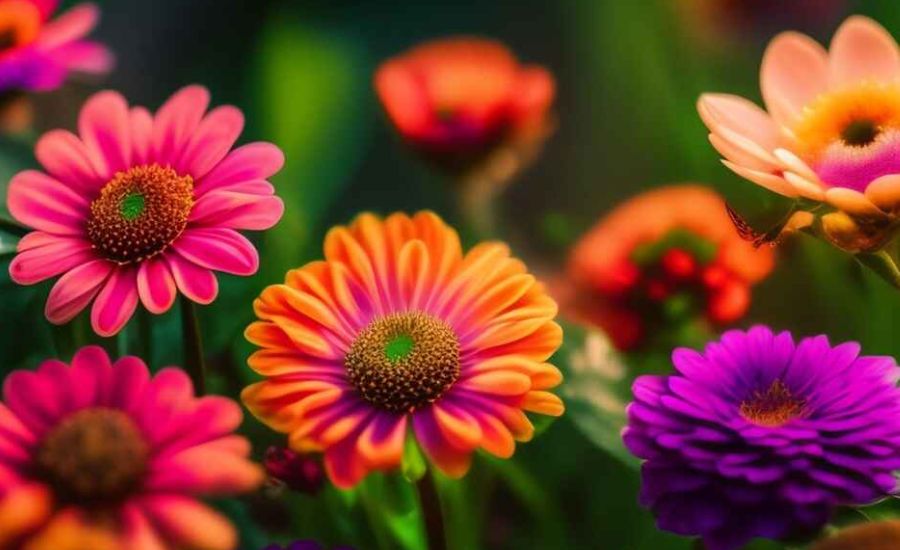
Beyond their tasteful request, blooms have been appeared to have helpful benefits. The nearness of blossoms can decrease push, progress temperament, and improve by and large well-being. This is why blooms are regularly utilized in healing centers, workplaces, and homes to make a calming and elevating environment. bloom treatment, moreover known as treatment, tackles the mending control of blossoms to advance enthusiastic and mental wellbeing. By consolidating blooms into our every day lives, we can encounter their positive impacts and develop internal peace.
Flowers in Writing and Art
Throughout history, blossoms have been a source of motivation for craftsmen and journalists. In writing, they regularly symbolize feelings and subjects, including profundity and abundance to the story. For occasion, in Shakespeare’s plays, blooms pass on adore, envy, and mortality. In visual craftsmanship, blooms are a well known subject for painters, capturing their transient magnificence and complicated points of interest. The depiction of blossoms over diverse craftsmanship shapes highlights their persevering charm and the critical impact they apply on our creative ability and creativity.
The Science of Blooming Plants
The ponder of blossoming plants, or angiosperms, uncovers the perplexing forms that empower them to develop, duplicate, and flourish. Botanists investigate the hereditary, physiological, and biological viewpoints of blossoms, revealing the puzzles of their improvement and adjustment. Understanding the science behind blooms upgrades our appreciation of their complexity and magnificence. For occasion, the prepare of fertilization, which includes the exchange of dust from one bloom to another, is a intriguing exchange between plants and their pollinators. This advantageous relationship plays a basic part in the generation of various plant species and the long-term practicality of ecosystems.
Flowers and Pollinators
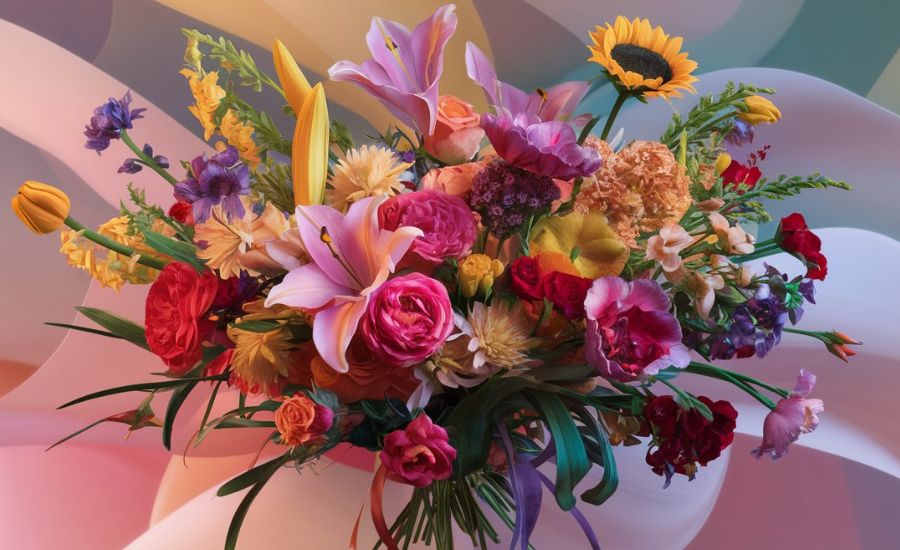
The relationship between blooms and pollinators is a crucial angle of the common world. Bees, butterflies, feathered creatures, and other pollinators are drawn to blossoms due to their colors, fragrances, and nectar. In trade, these pollinators help in the exchange of dust, permitting plants to replicate. This advantageous relationship is basic for the wellbeing of biological systems and the generation of nourishment crops. The decay in pollinator populaces postures a critical danger to biodiversity and nourishment security. By planting pollinator-friendly blossoms and making environments that bolster their needs, we can offer assistance secure these crucial animals and guarantee the proceeded multiplication of blossoming plants.
Flowers and Regular Changes
Flowers are a distinctive update of the changing seasons. Spring blooms proclaim the conclusion of winter, bringing color and life to the scene. Summer blossoms flourish in the warmth and daylight, making a dynamic embroidered artwork of tones. In harvest time, blooms like chrysanthemums and asters sprout, including sprinkles of color some time recently the onset of winter. The patterned nature of blooming plants reflects the rhythms of nature and the section of time. By watching the regular changes in blooms, we adjust ourselves to the characteristic world and the recede and stream of life.
The Financial Significance of Flowers
The blossom industry is a noteworthy donor to the worldwide economy. From development to dispersion, the generation and deal of blossoms create business and income. Floriculture, the development of blooms and fancy plants, is a flourishing segment in numerous nations. The request for blooms crests amid occasions and extraordinary events, driving the advertise and cultivating universal exchange. Moreover, blossoms are a key component of the tourism industry, with botanical gardens and blossom celebrations drawing in guests from around the world. The financial affect of blooms underscores their esteem past their tasteful and enthusiastic appeal.
Sustainable Floriculture Practices
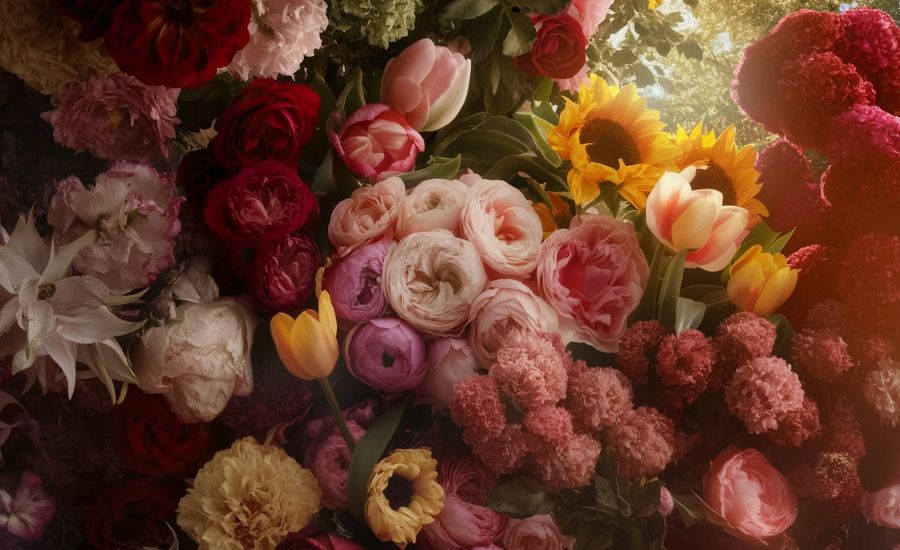
As natural concerns develop, the floriculture industry is progressively receiving feasible hones. These incorporate the utilize of natural fertilizers, coordinates bother administration, and water-efficient water system frameworks. By diminishing the natural impression of bloom development, producers can contribute to the conservation of common assets and biodiversity. Economical floriculture too includes the moral treatment of laborers and the advancement of reasonable exchange hones. By supporting maintainable bloom generation, buyers can appreciate beautiful:by5oj2_qmci= blossoms whereas contributing to natural preservation and social justice.
The Future of Bloom Cultivation
Advancements in innovation and investigate are forming the future of blossom development. Advancements such as hydroponics, vertical cultivating, and hereditary adjustment are revolutionizing the way blossoms are developed. These innovations offer arrangements to challenges like climate alter, asset shortage, and urbanization. For occasion, hydroponic frameworks permit for the development of blossoms in controlled situations, lessening the dependence on soil and water. Hereditary adjustment can improve the characteristics of blossoms, such as color, scent, and resistance to bothers. The future of bloom development holds energizing conceivable outcomes for improving the excellence and differences of blossoming plants.
Flowers in Urban Landscapes
In urban ranges, blossoms play a significant part in improving the quality of life. Parks, gardens, and green spaces decorated with blossoms give a break from the concrete wilderness and progress the urban environment. Community gardens and housetop gardens are getting to be progressively prevalent, advertising inhabitants the opportunity to develop their blooms and reconnect with nature. Urban arranging that consolidates green spaces and blooms advances natural supportability and cultivates a sense of community. By joining blossoms into urban scenes, cities can ended up more decent, wonderful, and sustainable.
Flowers and Biodiversity
The wealth of blooming plants reflects the colossal abundance of life on our planet. With over 300,000 species, blooming plants are a imperative component of earthly environments. They give living space and nourishment for a wide extend of life forms, from creepy crawlies to warm blooded creatures. The conservation of bloom differing qualities is basic for keeping up environmental adjust and flexibility. Dangers such as territory annihilation, climate alter, and intrusive species posture noteworthy challenges to the survival of numerous bloom species. Preservation endeavors centered on ensuring characteristic territories and advancing biodiversity are vital for the proceeded presence of beautiful:by5oj2_qmci= flowers.
The Part of Blossoms in Climate Regulation
Flowers and their related plants play a part in climate control by sequestering carbon, directing temperatures, and impacting precipitation designs. Woodlands, prairies, and wetlands ruled by blooming plants contribute to the worldwide carbon cycle and offer assistance relieve climate alter. The conservation and reclamation of these biological systems are crucial for keeping up climate steadiness. Also, blossoms and plants can offer assistance decrease urban warm islands by giving shade and cooling through transpiration. By understanding the environmental capacities of blooms, we can appreciate their significance in maintaining the planet’s climate and environment.
Flowers as Markers of Natural Health
The nearness and condition of blooms can serve as markers of natural wellbeing. Changes in blossoming designs, such as shifts in sprout timing or changes in blossom plenitude, can flag the impacts of natural stressors like contamination, climate alter, and territory debasement. Checking bloom populaces and their reactions to natural changes gives important information for surveying biological system wellbeing and directing preservation endeavors. Blossoms, hence, are not as it were images of excellence but too imperative instruments for natural science and management.
The Otherworldly Centrality of Flowers
In numerous otherworldly conventions, blossoms hold significant typical meaning. They are frequently related with virtue, illumination, and divine magnificence. The lotus blossom is a image of otherworldly arousing and edification inside Buddhism. In Hinduism, blooms are utilized in customs and offerings to divinities, symbolizing commitment and love. The otherworldly importance of blooms rises above devout boundaries, reflecting a widespread appreciation for their excellence and imagery. By mulling over the otherworldly implications of blooms, we can develop our association to the divine and the puzzles of existence.
The Dialect of Flowers
The dialect of blooms, moreover known as floriography, is a frame of communication through the utilize or course of action of blossoms. Each blossom sort and color carries particular implications, permitting people to pass on messages without words. Take ruddy roses, for occurrence; they symbolize cherish and enthusiasm. On the other hand, white lilies speak to immaculateness and blamelessness. This flower imagery was particularly prevalent amid the Victorian period when bouquets were created to send clandestine messages. Nowadays, the dialect of blooms proceeds to be a charming and significant way to express feelings and opinions.
Facts
- Symbolism and Significance:
- Flowers have been symbols of love, appreciation, and sensitivity across different cultures.
- They serve as a universal language of the heart, conveying emotions that words often cannot.
- Cultural Importance:
- Eastern cultures often view flowers like cherry blossoms as symbols of life’s fleeting nature.
- In Western cultures, roses are associated with love, while lilies symbolize purity and renewal.
- Role in Celebrations:
- Flowers play crucial roles in both joyous occasions (e.g., weddings) and somber events (e.g., funerals).
- They add emotional depth and a layer of significance to these life events.
- Floristry and Gardening:
- Floristry is an art form that involves the creative arrangement of flowers.
- Gardening requires knowledge of plant science and offers therapeutic benefits, enhancing the quality of life through beautiful and tranquil spaces.
- Therapeutic Benefits:
- Flowers can reduce stress, improve mood, and contribute to overall well-being.
- Flower therapy, or floral therapy, utilizes flowers to promote emotional and mental health.
- Art and Literature:
- Flowers have inspired artists and writers, symbolizing various emotions and themes.
- They appear in literature and visual art, often representing deep emotional and symbolic content.
- Botanical Science:
- Angiosperms, or flowering plants, have complex biological processes that enable growth, reproduction, and adaptation.
- Pollinators play a vital role in the reproduction of flowering plants, with a symbiotic relationship crucial for ecosystems.
- Economic Impact:
- The flower industry contributes significantly to the global economy through cultivation, distribution, and sales.
- Floriculture and related sectors drive business and international trade.
- Sustainability:
- Sustainable practices in floriculture include using organic fertilizers, efficient irrigation, and fair trade practices.
- These practices help reduce the environmental footprint and support social justice.
- Future Developments:
- Innovations such as hydroponics, vertical farming, and genetic modification are shaping the future of flower cultivation.
- These advancements address challenges like climate change and resource scarcity.
- Urban and Environmental Impact:
- Flowers enhance urban landscapes, improving quality of life and promoting sustainability.
- They contribute to biodiversity, climate regulation, and serve as indicators of environmental health.
- Spiritual and Symbolic Meanings:
- Flowers hold spiritual significance in various traditions, symbolizing purity, enlightenment, and divine beauty.
- The language of flowers (floriography) allows for non-verbal communication of sentiments.
Summary
Flowers have been cherished for their beauty and symbolic meanings throughout history. They serve as a universal language, expressing emotions and messages that words often cannot. Different cultures attribute various meanings to flowers, such as the cherry blossom’s symbolism of life’s impermanence in Eastern traditions and the rose’s association with love in Western cultures. Flowers play significant roles in both celebrations and funerals, enhancing the emotional depth of these events.
Floristry is a creative art form that captures the beauty of flowers, while gardening offers therapeutic benefits and connects people with nature. Flowers are also known for their positive impact on well-being and are used in floral therapy to support mental health. Throughout art and literature, flowers symbolize a wide range of emotions and themes.
Botanical science reveals the complex processes of flowering plants, including their interactions with pollinators. The flower industry is a major economic contributor, and sustainable practices are becoming increasingly important in floriculture. Future innovations in flower cultivation promise to address environmental and resource challenges. Urban environments benefit from the inclusion of flowers, which contribute to biodiversity and climate regulation. Spiritually, flowers hold deep meanings in various traditions, reflecting their universal appeal and significance.
FAQs
1. What do flowers symbolize in different cultures?
- In Eastern cultures, flowers like cherry blossoms symbolize the fleeting nature of life. In Western cultures, roses often represent love, while lilies symbolize purity and renewal.
2. How do flowers impact celebrations and funerals?
- Flowers enhance celebrations like weddings with their beauty and symbolism of love, while at funerals, they provide comfort and serve as a tribute to the deceased.
3. What is floristry?
- Floristry is the art of arranging flowers in creative ways to highlight their natural beauty and convey specific emotions or messages.
4. What are the therapeutic benefits of flowers?
- Flowers can reduce stress, improve mood, and contribute to overall well-being. Flower therapy uses flowers to support emotional and mental health.
5. How do flowers influence art and literature?
- Flowers inspire artists and writers, symbolizing various emotions and themes. They appear in literature and visual art, representing deep emotional and symbolic content.
6. What is the role of pollinators in flower reproduction?
- Pollinators such as bees and butterflies assist in the transfer of pollen between flowers, enabling plant reproduction and contributing to ecosystem health.
7. What is the economic significance of the flower industry?
- The flower industry contributes to the global economy through the cultivation, distribution, and sale of flowers, supporting businesses and international trade.
8. How are sustainable practices applied in floriculture?
- Sustainable practices include using organic fertilizers, efficient irrigation systems, and fair trade practices to minimize environmental impact and support social justice.
9. What future advancements are being made in flower cultivation?
- Innovations like hydroponics, vertical farming, and genetic modification are being explored to address challenges such as climate change and resource limitations.
10. How do flowers contribute to urban environments?
– Flowers enhance urban landscapes by providing beauty, improving quality of life, and promoting sustainability through green spaces and community gardens.
11. What is floriography?
– Floriography is the language of flowers, where different flowers and colors convey specific meanings and sentiments without the use of words.
For more Information About Blog visit trendaddictor.com

